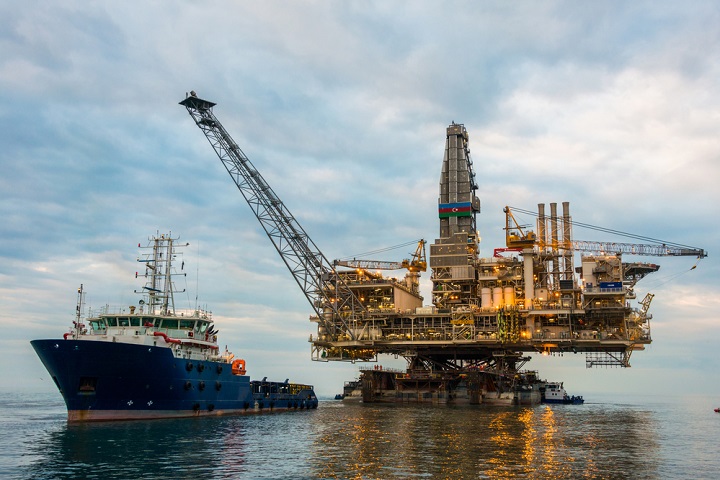Both the oil sector and shipping sources informed Reuters, an international news agency headquartered in London, that crude oil and fuel cargo from Qatar will become more expensive after the United Arab Emirates enforced a port-wide ban on vessels carrying both oil and fuel.
Typically, crude oil shipments are made into Very Large Crude Carriers which can hold up to 2 million barrels of oil, made in up to four loadings. Many agree that VLCCs are cheaper than Suezmax tankers but oil traders are now being forced to resort to Suezmax tankers as it is not possible to load Qatari and Emirati blends together in large vessels.
According to Reuters sources, this will cause a major boost in Suezmax shipping rates, up to Worldscale 75-80. In the tanker booking data from Reuters Eikon, three separate oil companies, Total SA (NYSE:$TOT), Korean refiner SK Energy, and BP (LON:$BP), have contracted four tankers at freight rates (WS67.5-68.5 a piece). It is expected that all vessels should load oil and condensate in Qatar and the United Arab Emirates.
There are alternatives to using Suezmax carriers and that is through ship-to-ship loadings from smaller vessels onto VLCC in the waters of Oman, UAE’s neighbor.
Once the UAE, Saudi Arabia, and five more countries including Egypt, cut ties with Qatar, oil prices reacted to the situation with a decline on concern that Qatar may chose to forego its responsibilities under the OPEC-non-OPEC output cut deal. Needless to say, if Qatar can influence oil prices as much as they have, this illustrates just how erratic the oil market has become as of late.
With that being said, both Brent and WTI began the week with gains on trader confidence that oil prices have bottomed out regardless of the fact that there still inventory overhang.
Featured Image: depositphotos/Elnur_











